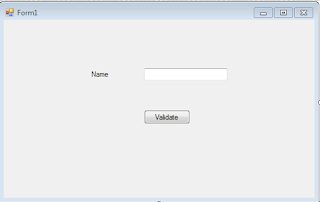RxJs Operators in Angular
RxJS (Reactive Extensions for JavaScript) is a library for reactive programming using Observables, which are a way to represent asynchronous data streams. RxJS provides a set of operators that can be used to transform, filter, combine, and manipulate these data streams.
In RxJS, operators are functions that take one or more observables as input, and return a new observable. These operators can be chained together to create complex data stream transformations.
RxJS operators have several advantages and disadvantages that are worth considering:
Advantages:
- Composable: RxJS operators are composable, which means they can be combined in a variety of ways to create complex data stream transformations. This allows for a high degree of flexibility and modularity in reactive programming applications.
- Asynchronous: RxJS operators are designed to handle asynchronous data streams, which are common in modern web applications. This makes them well-suited for tasks like handling user input, making HTTP requests, and processing real-time data.
- Declarative: RxJS operators provide a declarative approach to data stream processing. This means that instead of writing imperative code that specifies how data should be processed, developers can write declarative code that describes what data should be processed.
- Reactive: RxJS operators are part of a larger reactive programming paradigm that emphasizes the use of reactive streams and functional programming techniques. This can lead to more efficient and scalable code that is easier to maintain.
Disadvantages:
- Steep Learning Curve: RxJS operators can be complex and difficult to learn, especially for developers who are new to reactive programming. It may take some time to get comfortable with the syntax and concepts of RxJS.
- Overhead: RxJS operators can add a layer of overhead to applications, which can impact performance. Developers need to be careful to use RxJS operators only when they are necessary, and to optimize their use as much as possible.
- Debugging: Debugging RxJS applications can be challenging, especially when dealing with complex data stream transformations. Developers need to be prepared to invest time and effort into debugging and testing their RxJS code.
- Size: RxJS is a large library, which can increase the size of an application. This can impact page load times and overall performance, especially on slower networks. Developers need to be aware of this and take steps to optimize the size of their RxJS code.
List the categories of rxjs operators and its uses
There are several categories of RxJS operators, each with its specific use case. Here are some of the most common categories of RxJS operators and their uses:
- Creation Operators: These operators create new observables from existing data sources.
Examples of creation operators include from(), of(), and interval(). - Transformation Operators: These operators transform the data emitted by an observable. Examples of transformation operators include map(), pluck(), and buffer().
- Filtering Operators: These operators filter the data emitted by an observable based on specific criteria.
Examples of filtering operators include filter(), distinct(), and take(). - Combination Operators: These operators combine multiple observables into a single observable. Examples of combination operators include merge(), concat(), and switchMap().
- Multicasting Operators: These operators allow an observable to have multiple subscribers, which can be useful for tasks like caching data.
Examples of multicasting operators include share(), publish(), and multicast(). - Error handling Operators: These operators handle errors that may occur in an observable. Examples of error handling operators include catchError(), retry(), and onErrorResumeNext().
- Utility Operators: These operators perform various utility functions, such as delaying emissions or converting observables to promises.
Examples of utility operators include delay(), tap(), and toPromise().
By understanding the different categories of RxJS operators and their uses, developers can choose the right operator for the task at hand and create powerful reactive programming applications.


Comments
Post a Comment